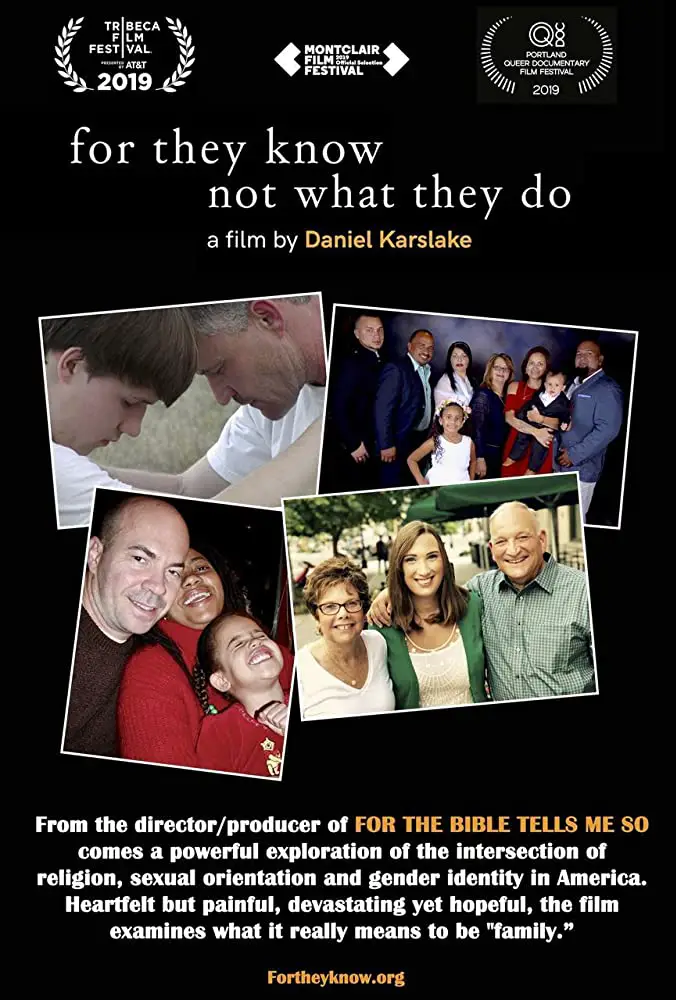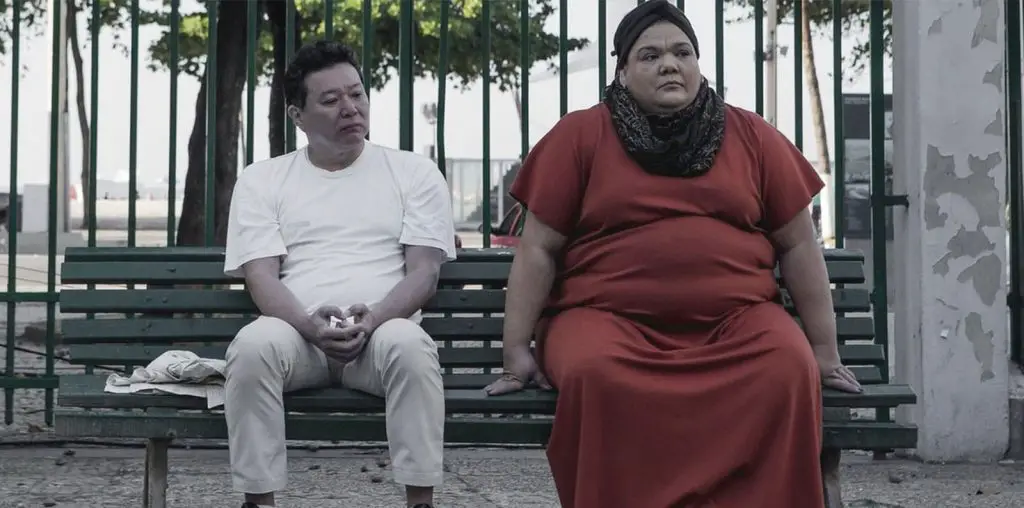
Documentarian Daniel Karslake wowed audiences with his 2007 documentary For The Bible Tells Me So, which chronicles the journey of several conservative families dealing with their children coming out as LGBTQIA+. That film resonated with me not because of my struggles, but because of my older cousin, Kelly. We were so close that he was practically my brother. The reaction by half of my family to his coming out was similar to those in that film. That is to say, they exhibited a total lack of acceptance, fear, and, unfortunately, ridicule.
For They Know Not What They Do is somewhat of an extension of For The Bible Tells Me So, except it’s more about how, in some ways, things have improved for the LGBTQIA+ community, but the backlash has become worse in some areas. It discusses how conservative Christians in the United States reacted to marriage equality. We see Kim Davis again, and Evangelical wackadoo, Pat Robertson, who once said that demons possess clothes from thrift stores… so it makes perfect sense that he has a television network, but I digress.

“…focuses more on the personal microcosm of individual families who have a child who has come out.”
The sociopolitical implications of marriage equality are pretty much well known on the broader public scale. Karslake examines some of that but focuses more on the personal microcosm of individual families who have a child who has come out. All of the parents could be considered devout, if not evangelical Christians.
For the Robertsons, their son Ryan came out as gay at the age of 12. Then there are the McBrides whose daughter Sarah was born a boy named Tim. Victor Báez Febo never came out as gay directly to his family, but his grandma overheard Victor arguing with his boyfriend and proceeded to lock him out of the house. He was also present for the Pulse nightclub shooting in Orlando, Florida. Last but not least, there are the Porchers, whose daughter was always a tomboy, but it never occurred to them that she actually identified as their son, Elliott, for as long as he could remember. The families’ reactions run the gamut from shock, fear, depression, panic, and then finally, for the most part, acceptance.

"…everyone goes through the same struggles..."


